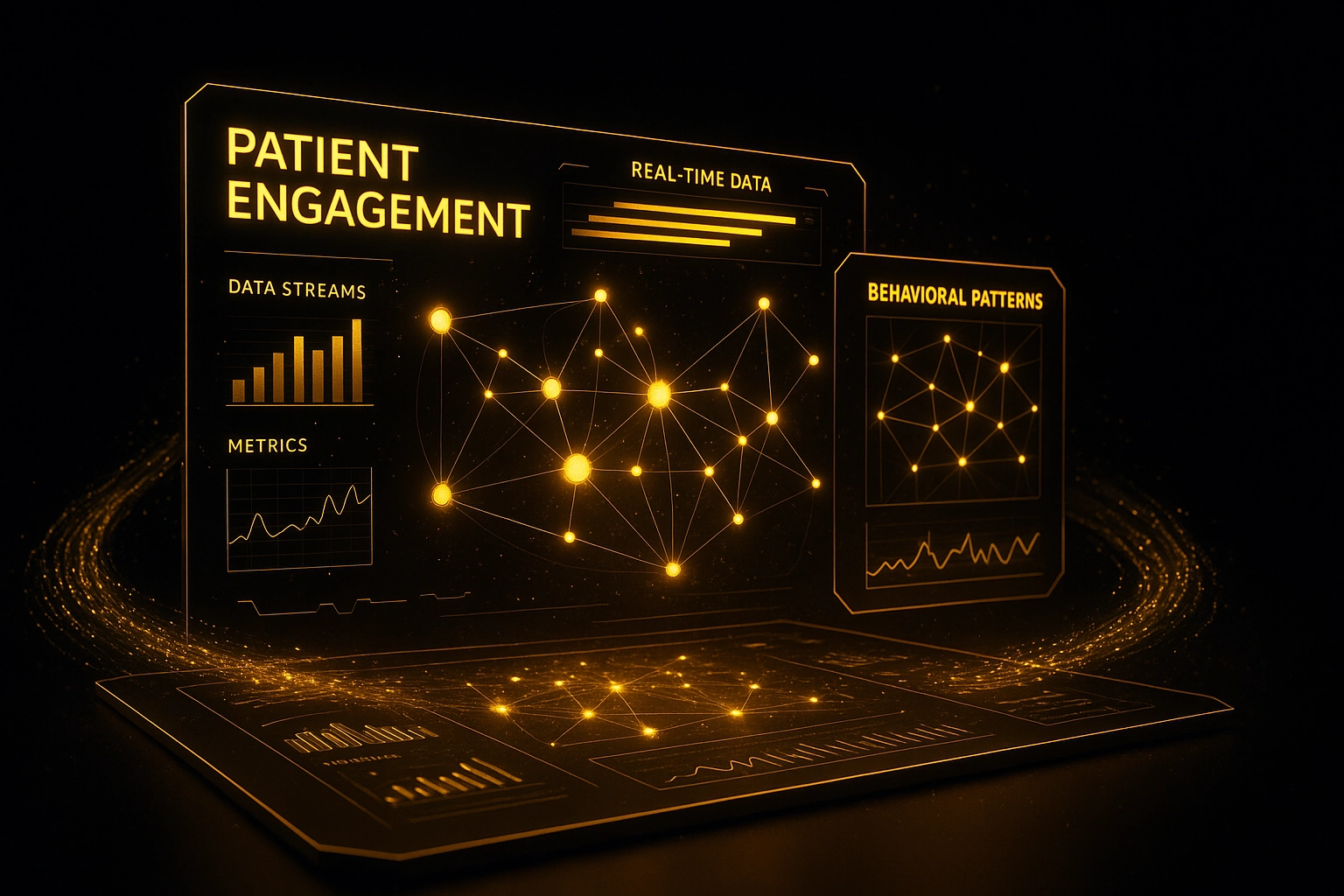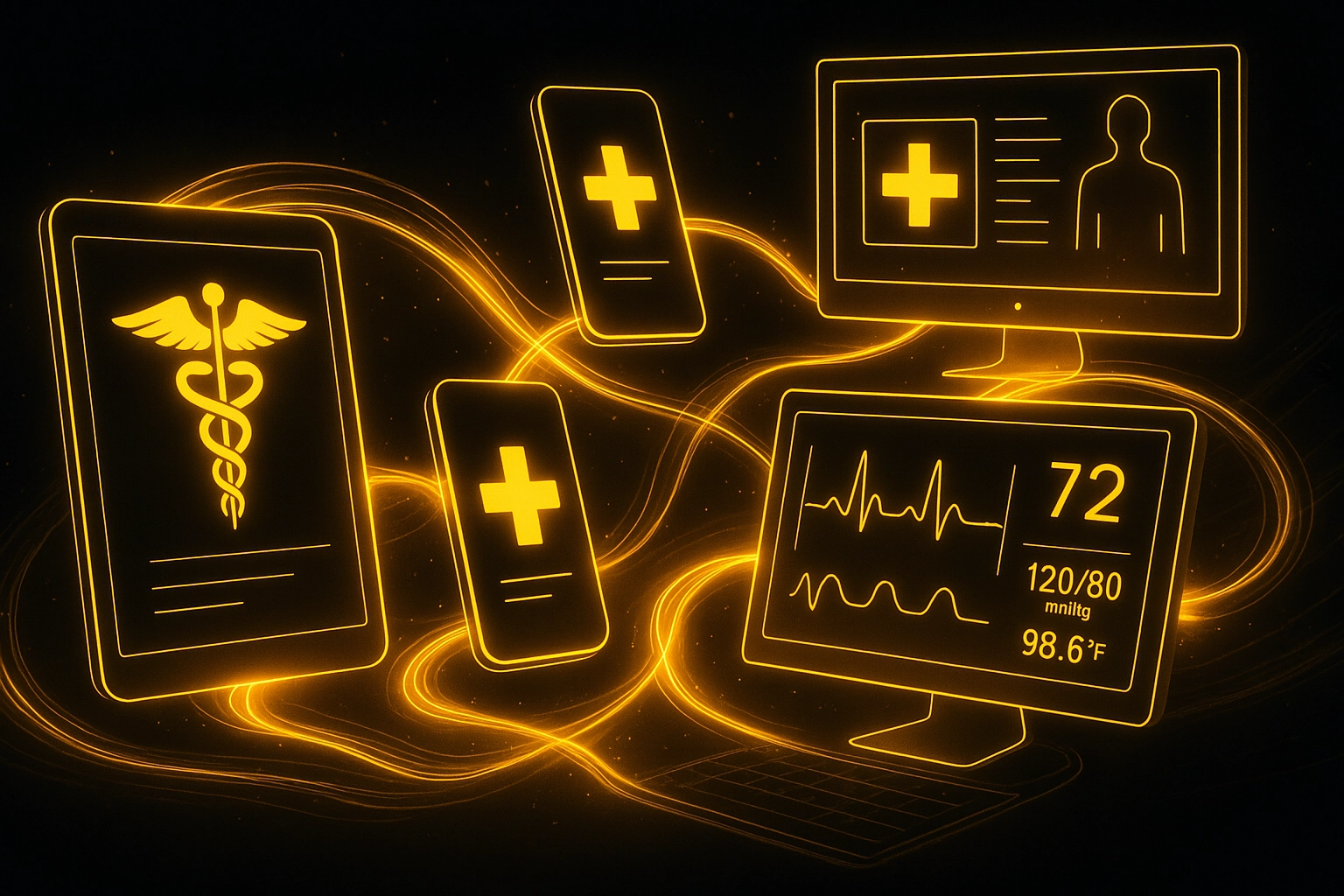Stop Losing Customers: 7 AI-Powered Early Warning Systems That Prevent HealthTech Churn
Customer churn in healthcare technology costs the industry billions annually. While traditional retention strategies react to departures after they've already happened, artificial intelligence is revolutionizing how HealthTech companies identify and prevent churn before it occurs.
The stakes are higher than ever. Patient dissatisfaction and poor care experiences drive significant financial losses, with the average cost of acquiring a new healthcare customer being 5-25 times more expensive than retaining existing ones. But here's the good news: AI-powered early warning systems can reduce churn by up to 35% while increasing customer lifetime value by the same percentage.
Let's explore seven cutting-edge AI systems that are transforming customer retention in the HealthTech space.
1. Real-Time Behavioral Pattern Detection
Traditional churn analysis takes 6-10 months to identify at-risk customers. AI-powered behavioral detection systems compress this timeline to just 14 days while identifying over 50 churn predictors compared to the handful that manual processes can track.
These systems continuously monitor patient engagement metrics including login frequency, feature usage patterns, and support interaction history. The AI identifies subtle behavioral shifts that human analysts would miss: like a 15% decrease in portal usage combined with delayed response times to care team messages.

Key monitoring points include:
- Decreased platform engagement rates
- Changes in communication response patterns
- Reduced utilization of core features
- Increased support ticket volume or complaint frequency
The power lies in real-time detection. Instead of discovering churn months after warning signs appeared, care teams receive immediate alerts when risk patterns emerge, creating opportunities for proactive intervention.
2. Predictive Sentiment Analysis Engine
Patient frustration rarely appears overnight. It builds gradually through micro-interactions across multiple touchpoints. AI-powered sentiment analysis engines process communications from support tickets, chat logs, survey responses, and even social media activity to detect negative sentiment trajectories.
Advanced natural language processing goes beyond simple keyword matching. The system understands context, emotion, and underlying concerns. For example, it can flag a patient as high-risk when they repeatedly mention billing confusion or service disruptions, even when they haven't explicitly indicated plans to leave.
The system analyzes:
- Support conversation tone and language patterns
- Survey response sentiment trends over time
- Communication frequency and channel preferences
- Social media mentions and engagement
This proactive sentiment monitoring enables healthcare organizations to address concerns before they escalate into churn events.
3. Dynamic Risk Scoring System
Static risk assessments quickly become outdated. Dynamic AI risk scoring systems continuously calculate and update individual patient risk scores using machine learning algorithms that process multiple data streams simultaneously.
The system considers demographic information, transaction history, engagement patterns, clinical outcomes, and behavioral indicators to generate personalized risk scores. As new data flows in, the algorithms refine predictions and identify increasingly subtle risk indicators.

Risk scoring factors include:
- Historical engagement trends
- Payment and billing patterns
- Clinical outcome satisfaction
- Support interaction frequency and resolution rates
- Feature adoption and usage intensity
Organizations leveraging AI for customer success report 25% improvement in retention rates compared to those relying on manual processes. The key is segmenting patients based on calculated risk levels, enabling targeted retention strategies tailored to specific risk categories.
4. Automated Alert and Intervention System
Speed matters in churn prevention. AI-powered alert systems can detect churn risks 60% earlier than traditional methods, providing healthcare organizations with crucial intervention windows.
When the AI identifies high-risk patients, automated alert systems immediately notify customer success teams and healthcare providers. The system can automatically trigger personalized outreach workflows, ensuring care teams address patient concerns with appropriate messaging and timing.
Real-world example: An early warning system detected a 40% drop in product usage combined with no logins for two weeks. Automated protocols enabled immediate outreach with tailored training resources and personalized check-ins, successfully preventing churn and improving patient engagement.
The system's automation ensures no high-risk patient falls through the cracks, even when customer success teams are managing large patient populations.
5. Personalized Retention Recommendation Engine
Generic retention campaigns yield generic results. AI-powered recommendation engines analyze patient preferences, treatment history, and behavioral patterns to generate personalized retention strategies for each at-risk individual.
Rather than deploying one-size-fits-all retention campaigns, the AI recommends specific interventions, offers, or care modifications most likely to retain each particular patient. This personalization extends to identifying optimal communication channels, timing, and content for each patient interaction.

Personalization dimensions include:
- Preferred communication channels and timing
- Relevant educational content and resources
- Appropriate care plan modifications
- Customized service offerings or benefits
- Tailored support and engagement approaches
The system determines whether a patient might respond better to educational resources, care plan adjustments, billing modifications, or enhanced support services based on their individual profile and risk factors.
6. Predictive Care Gap Analysis
Patient dissatisfaction often stems from gaps in care delivery or service quality. AI systems identify these potential gaps before they result in churn by analyzing clinical data alongside patient feedback and engagement patterns.
The technology examines treatment outcomes, appointment scheduling efficiency, communication quality, and care coordination to identify systemic issues that increase churn risk across patient populations. This enables healthcare organizations to address underlying operational problems proactively.
Analysis areas include:
- Treatment outcome satisfaction patterns
- Care coordination effectiveness
- Communication quality and frequency
- Service delivery consistency
- Appointment scheduling and access issues
By identifying care gaps early, organizations can implement systemic improvements that prevent churn across multiple patients rather than reactive individual responses.
7. Multi-Channel Integration Platform
Modern patients interact with healthcare organizations across multiple touchpoints: electronic health records, patient portals, mobile applications, billing systems, and communication platforms. Comprehensive AI systems integrate data from all these channels to create holistic views of each patient's experience.
This integration enables AI to identify complex interaction patterns between different touchpoints that might indicate churn risk. The platform analyzes how patients move between service channels, identifying friction points or abandoned processes that signal dissatisfaction.

Integration benefits include:
- Complete patient journey visibility
- Cross-channel behavior analysis
- Friction point identification
- Comprehensive risk assessment
- Coordinated intervention strategies
By monitoring the entire patient journey across all touchpoints, the system predicts churn based on comprehensive behavioral analysis rather than isolated data points.
The Impact on HealthTech Success
Real-world implementations demonstrate significant returns on AI-powered churn prevention investments. Organizations report:
- 35% reduction in customer churn rates
- 35% increase in customer lifetime value
- Annual savings exceeding $40 million for large healthcare organizations
- 60% faster identification of at-risk patients
- 25% improvement in overall retention rates
The fundamental advantage lies in AI's ability to process vast amounts of structured and unstructured data simultaneously, identifying subtle patterns and risk indicators that manual analysis cannot detect at scale.
For HealthTech companies serious about customer retention, AI-powered early warning systems represent the shift from reactive to proactive patient retention strategies. The question isn't whether to implement these systems: it's how quickly you can deploy them to start saving customers and revenue.
The future of HealthTech customer retention is predictive, personalized, and powered by artificial intelligence. Companies that embrace these technologies today will lead tomorrow's market while those that don't will continue losing customers to competitors who do.
